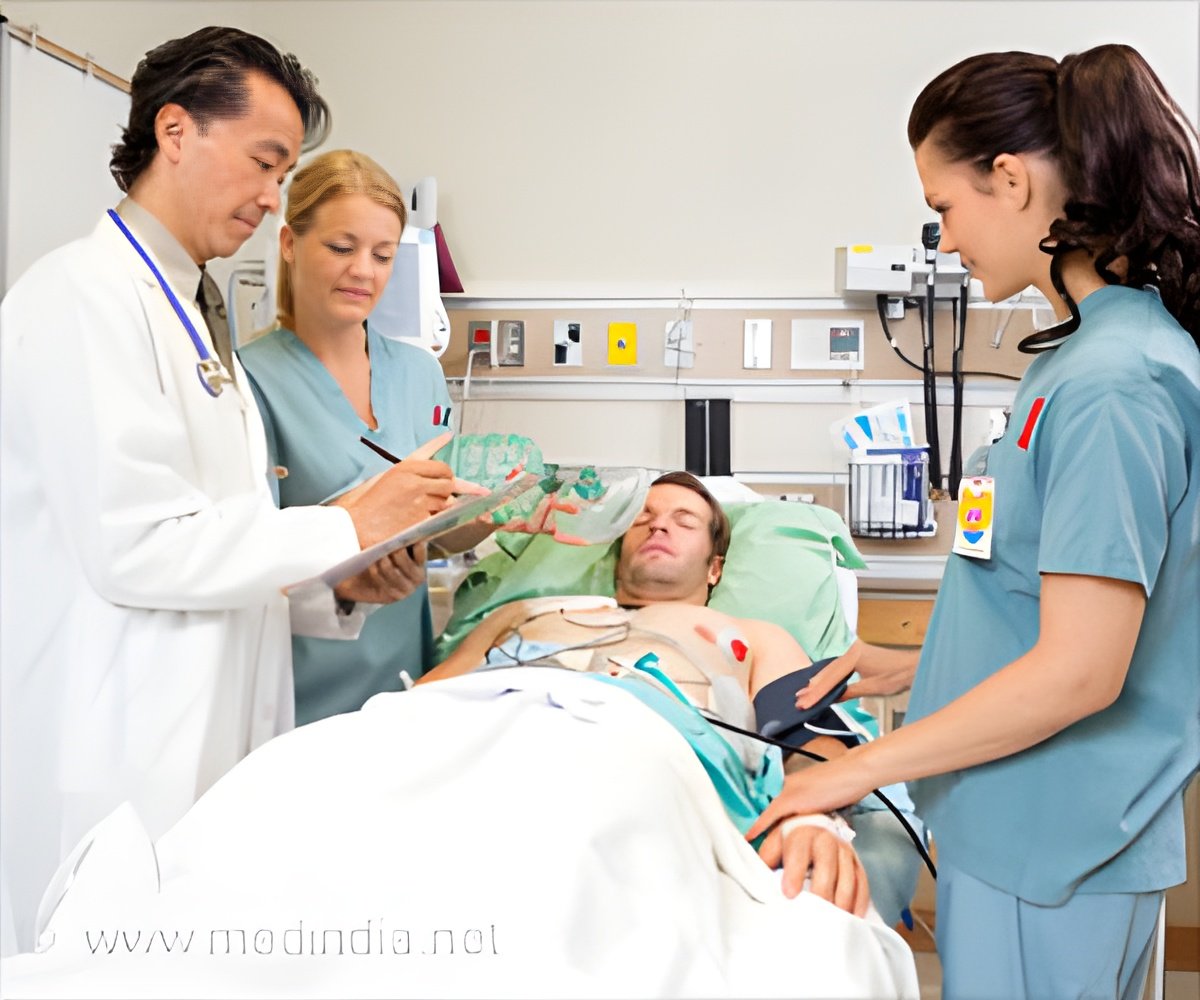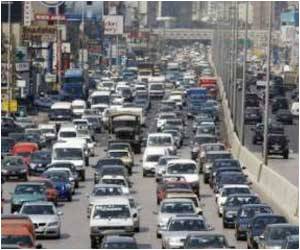Sound levels in ICUs are significantly higher with average sound levels always exceeding 45 decibels while the recommended level is below 35 decibels.

‘Noise exposure in the intensive care unit can have an adverse impact on patients' well-being as well as on optimal functioning of both nursing and medical staff.
’





After several patient complaints and remarks from the nursing staff as well as the medical staff about noise, the study authors wanted to assess a potential noise problem by measuring sound levels in one ward (12 beds) of their hospital's ICU (Jessa Hospital). A sound level meter (Amptec 10EaZy RT) was placed bedside in a two-bed room as well as at the nursing station. Measurements were performed after a two week adjustment period to avoid potential bias from people being aware noise was being observed (known as the Hawthorne Effect). Sound levels were continuously recorded for 24 hrs at each location.
Bedside, average sound levels were 52.8 dBA during the night and 54.6 dBA during the day. A total of 14 sound peaks above 80 dBA were recorded with the highest peak at 101.1 dBA. At the nursing station, average sound levels of 52.6 dBA at night time and 53.9 dBA at day time were recorded.
Here, there were 11 peaks above 80 dBA with a maximum sound peak of 90.6 dBA. Those measurements are significantly above the WHO recommendations of 35 dBA average and 40 dBA peaks, but comparable with other ICU recordings.
Equipment noise, alarms, hospital machinery and staff activity could all have contributed to the noise, says the authors. The study is by Dr. Eveline Claes, Jessa Ziekenhuis Hospital, Hasselt, Belgium and colleagues.
Advertisement
She adds, "The sound levels in our ICU clearly exceeded the WHO recommendations but are comparable with sound levels in other ICUs. Those elevated sound levels as well as frequent sound level peaks can be responsible for the subjective feeling of noise pollution experienced by patients, nurses and doctors. In our department, measures should be taken to reduce the average sound level and the incidence and magnitude of sound level peaks."
Advertisement
Source-Eurekalert












